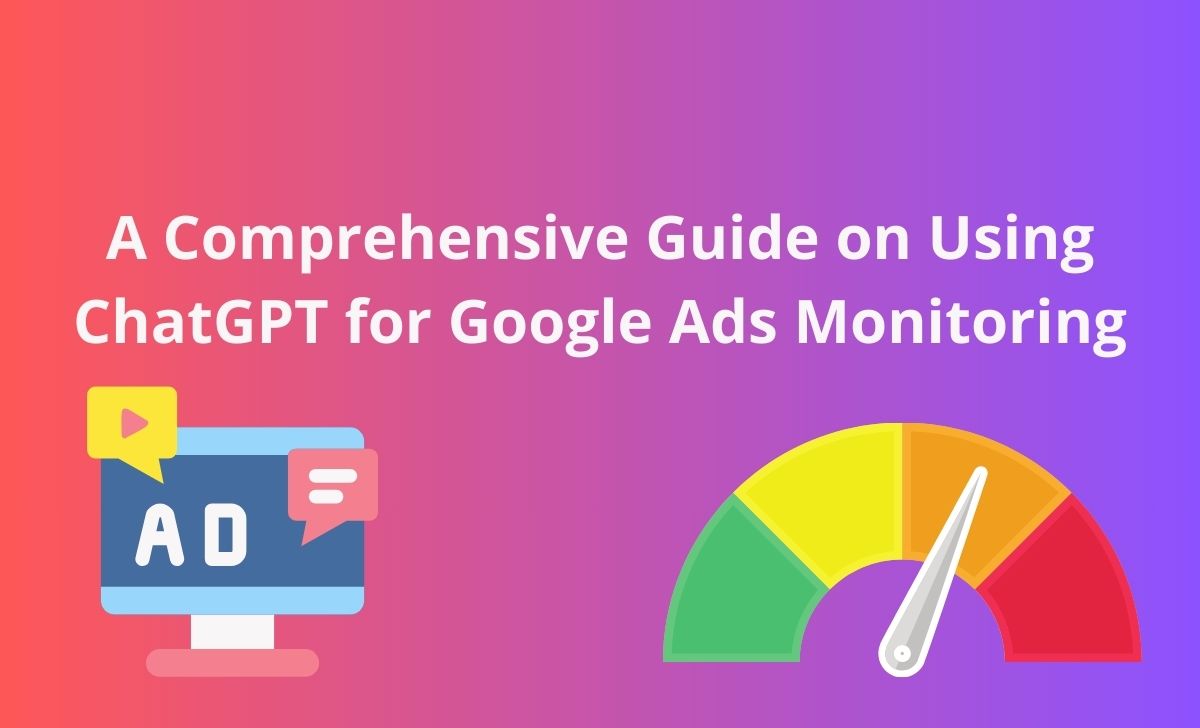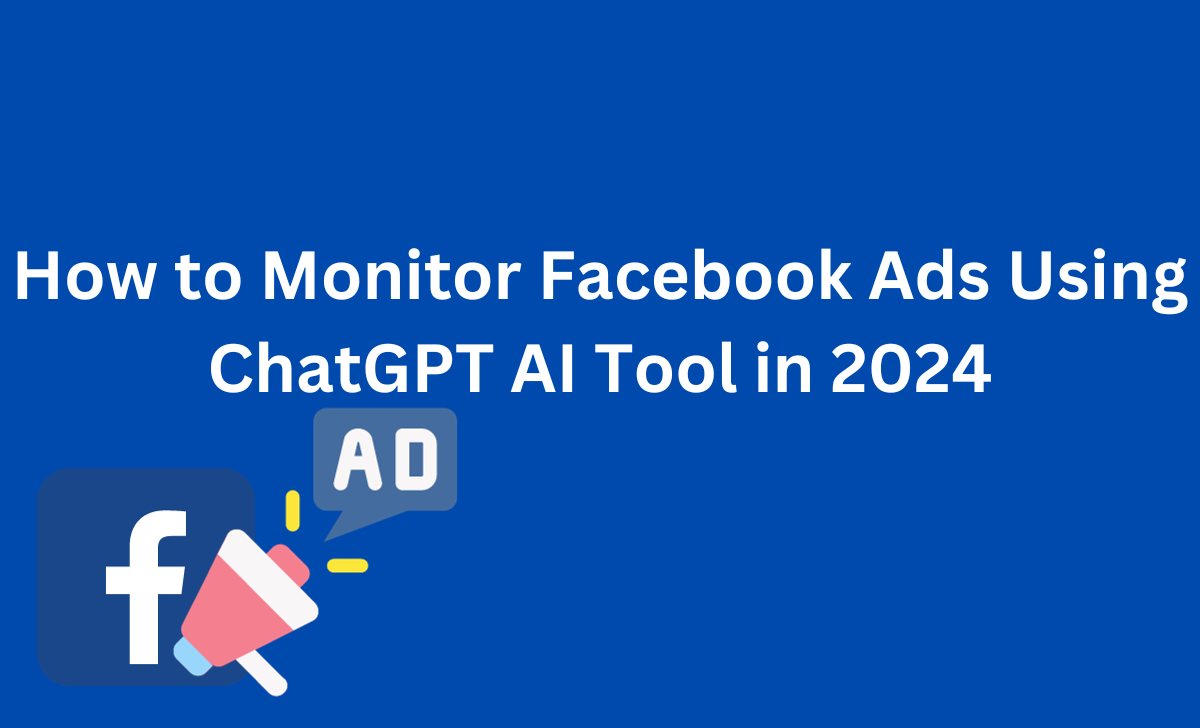|
Listen Now Our Blog Podcast
Getting your Trinity Audio player ready...
|
Introduction:
In digital marketing, keeping a close eye on your Google Ads campaigns is essential for success. The sheer volume of data and constant changes in user behavior make it challenging to stay on top of things.
However, with advancements in artificial intelligence, tools like ChatGPT can be a game-changer in the realm of Google Ads monitoring. In this article, we will delve into the intricacies of leveraging ChatGPT to enhance your Google Ads monitoring strategy.
I. Understanding ChatGPT:
ChatGPT, developed by OpenAI, is a state-of-the-art language model powered by the GPT-3.5 architecture. It excels in understanding and generating human-like text based on the input it receives. Its versatility makes it an ideal companion for various applications, including Google Ads monitoring.
II. Streamlining Google Ads Monitoring with ChatGPT:
Real-time Insights:
One of the key advantages of using ChatGPT for Google Ads monitoring is its ability to provide real-time insights. By integrating ChatGPT into your monitoring dashboard, you can receive instant updates on campaign performance, ad spending, and other crucial metrics. This enables you to make timely adjustments to optimize your ad strategy.
Natural Language Queries:
Traditional data analysis tools often require specific queries and technical knowledge. With ChatGPT, you can interact in natural language, making it accessible to marketers with varying levels of technical expertise. Simply ask questions like, “How are my ad campaigns performing this week?” or “Which keywords are driving the most conversions?” and receive insightful responses.
Automated Reporting:
ChatGPT can automate the reporting process by generating detailed summaries of your Google Ads performance. This eliminates the need for manual data extraction and analysis, saving time and reducing the risk of human error. You can schedule regular updates or request on-demand reports, ensuring you stay informed without constant manual intervention.
III. Implementing ChatGPT for Google Ads Monitoring:
API Integration:
To harness the power of ChatGPT for Google Ads monitoring, consider integrating its API into your existing analytics platform. This allows seamless communication between your data and the language model, facilitating quick data analysis and interpretation.
Customizing Responses:
Tailor ChatGPT’s responses to align with your specific monitoring needs. Customize prompts and queries to extract the most relevant information for your campaigns. This personalization ensures that you receive insights that are directly applicable to your unique advertising goals.
Setting Thresholds and Alerts:
Leverage ChatGPT to set performance thresholds and receive alerts when key metrics deviate from the desired range. Whether it’s a sudden drop in click-through rates or an unexpected spike in ad spend, proactive alerts enable you to address issues promptly, preventing potential losses and capitalizing on opportunities.
IV. Overcoming Challenges and Maximizing Benefits:
Handling Ambiguity:
While ChatGPT excels at understanding natural language, it may encounter challenges in interpreting ambiguous queries. To mitigate this, be specific in your requests and provide context when necessary. This ensures more accurate and relevant responses.
Continuous Training:
Regularly update and fine-tune ChatGPT by incorporating new data and insights from your Google Ads campaigns. This helps the model adapt to evolving trends and ensures its responses remain accurate over time. Continuous training is key to maximizing the long-term benefits of using ChatGPT for monitoring.
Data Security and Privacy:
Prioritize the security and privacy of your advertising data when implementing ChatGPT. Ensure that the integration complies with industry standards and regulations to safeguard sensitive information. Additionally, consider using anonymized data for training and monitoring purposes.
V. Case Studies: Real-world Applications of ChatGPT in Google Ads Monitoring:
Increased Efficiency for E-commerce Brands:
Explore how an e-commerce brand streamlined its Google Ads monitoring process by integrating ChatGPT. The result was a significant reduction in manual analysis time, allowing the marketing team to focus on strategic decision-making and campaign optimization.
Proactive Campaign Management for a Tech Startup:
Learn how a tech startup utilized ChatGPT to set up automated alerts for key performance indicators. This proactive approach enabled the team to address issues swiftly, leading to improved ad campaign efficiency and cost savings.
VI. Conclusion:
In the dynamic landscape of digital advertising, staying ahead of the competition requires intelligent and efficient monitoring of Google Ads campaigns. By harnessing the capabilities of ChatGPT, marketers can transform the way they analyze data, gain real-time insights, and make informed decisions.
The integration of ChatGPT not only enhances the accuracy and speed of Google Ads monitoring but also empowers marketers to adapt to changes swiftly, ensuring their campaigns remain effective in an ever-evolving digital ecosystem.
Embrace the future of advertising intelligence with ChatGPT and elevate your Google Ads monitoring strategy to new heights.




